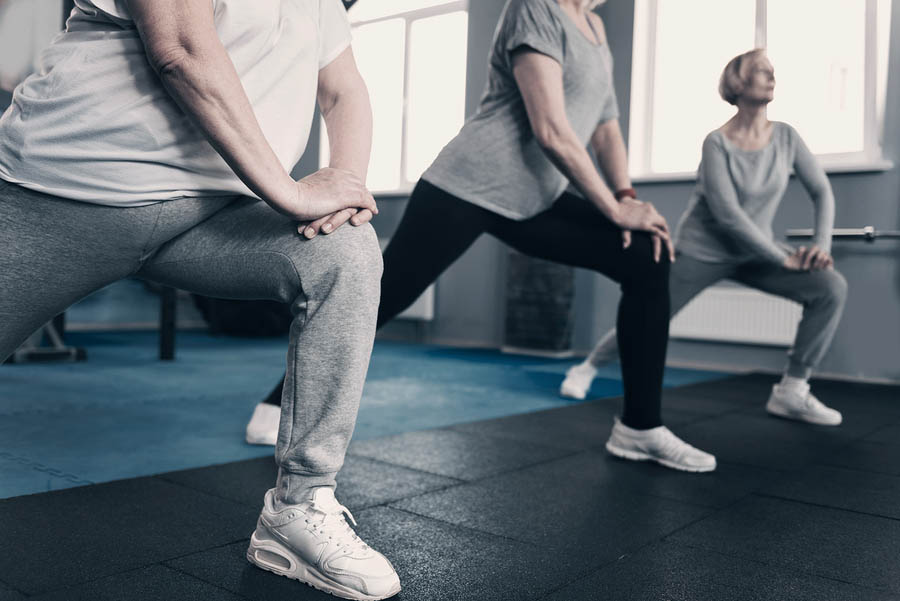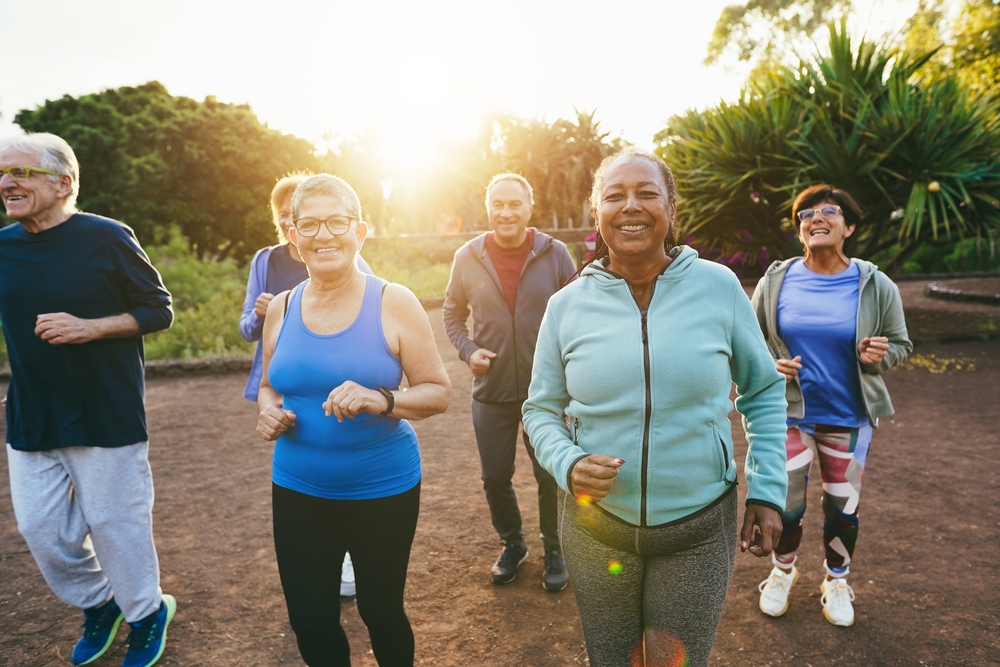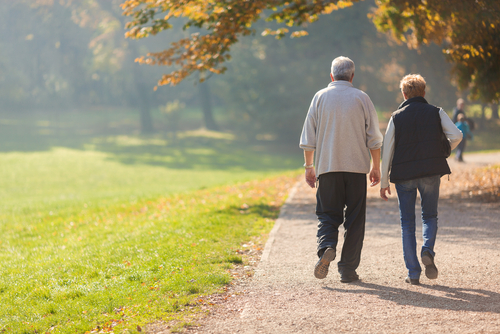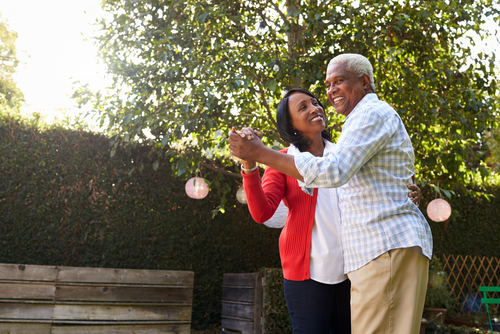The Best Leg Exercises for Seniors and the Elderly
Category:

Muscle and flexibility are gradually lost with age. That includes our legs, the largest muscle group in the body. Strong legs are integral to nearly every type of daily activity, which is why seated leg exercises for the elderly can help to develop and maintain independence. Stronger legs can even improve balance and coordination, reducing the risk of a fall.
But easy leg exercises for the elderly aren’t only about muscle health. Earlier this year, researchers discovered that the fitness of our legs specifically plays a vital role in the health of the brain and nervous system. It’s a discovery that may help give physicians additional clues as to why patients with neurological disease can see rapid decline when they suffer limited mobility.
Single Limb Stance
Many of the best leg exercises for seniors and the elderly are as simple as using a chair. For the single limb stance, start by standing directly behind a chair. Hold its backside with your feet apart by roughly the width of your hips. Slowly raise one foot, balancing entirely on the other, and hold this position for 30 seconds before slowly lowering to the floor. Once complete, switch to the opposite leg.
The idea is to build up to standing on one foot without needing to hold the chair. As with any seated leg exercise for the elderly, be sure to select a chair capable of accommodating your full body weight and with a firm grip on the ground.
Sit-and-Stands
True to its namesake, the sit-and-stand is performed how it sounds. Begin by taking a seat. With your feet flat on the floor, gently tilt forward, extending your hips and knees to stand. You want to use as little help from your arms as possible. Reverse the motion to return to the seated position.
Sit-and-stands can be used to either build or maintain the ability to get in-and-out of a chair independently. For someone who currently cannot stand up from a chair without assistance, a slightly modified version of this exercise can be used. Instead of standing all the way up, simply shift your weight forward a few inches off of the chair before lowering yourself down.
Knee Lifts
Performing a knee lift helps target your quadriceps, the largest group of muscles in the leg. Sit up straight in your chair, with your feet firmly on the floor. Slowly lift one knee towards your chest. Bring the knee as close as you comfortably can, then lower it back to the floor. Repeat with both legs and consider pausing at the height of the motion for an extra challenge.
Senior Leg Lunges
Lunges are among the best leg exercises for seniors because they help target a wide range of muscles, especially in the hard-to-reach regions of the inner thigh. Begin with one large step on your right leg while lifting your left heel until only your toes remain on the floor.
Shoulders relaxed, core engaged, standing up straight, you want to gradually lower your body until your right knee is only a few inches from the floor. Hold the position for a moment, then return to the starting position by straightening your leg.
Senior-Safe Exercise
With a few strengthening leg exercises for elderly like these, all it takes is a little persistence to see significant health benefits. But remember, even easy leg exercises for the elderly are meant to be taken slowly.
No matter your age, intensity is something you should only gradually build as the exercises you’re doing become easier. As always, it’s a good idea to talk to your doctor before making changes in exercise regimen and to listen to your body while exercising.
Subscribe
Date: October 4, 2018
Category:


